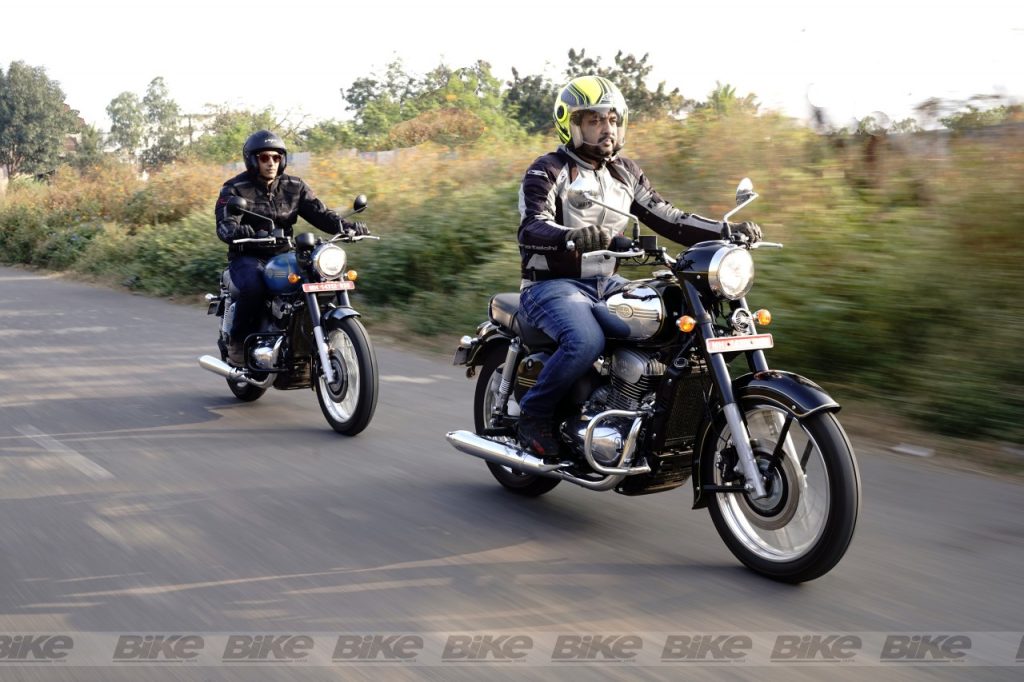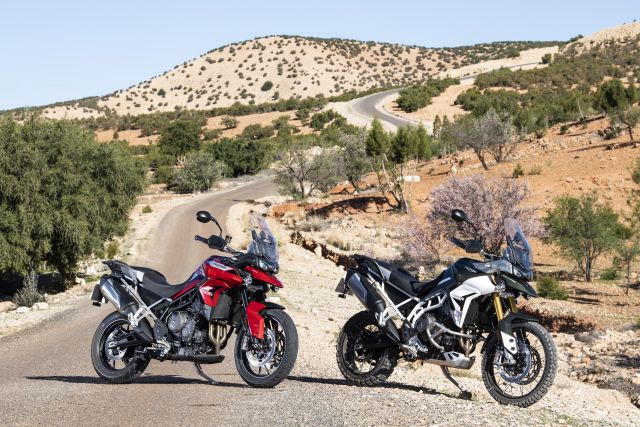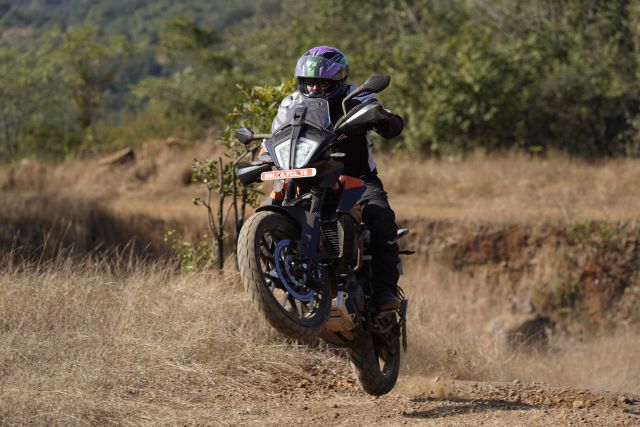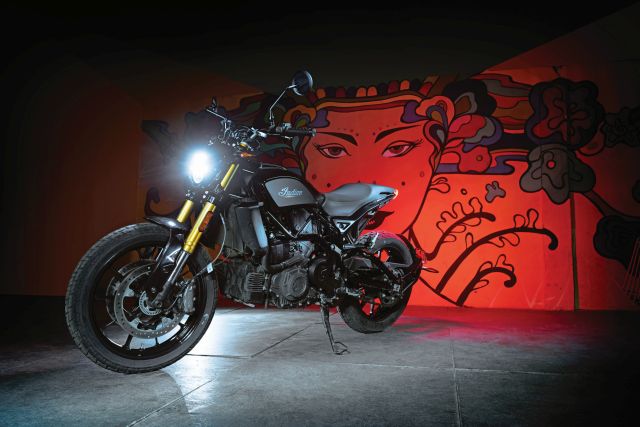TVS invited us to the MMRT circuit in Chennai on the 30th of January to proudly present and then give us a chance to ride the BS6 TVS Apache RR310
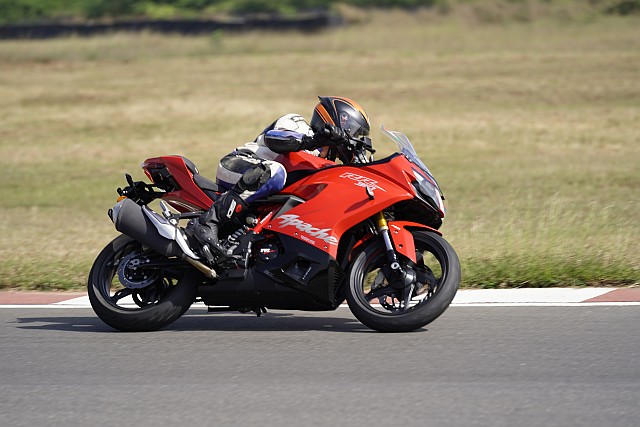
Story: Azaman Chothia
Photography: Sanjay Raikar
[Read more…] about BS6 TVS Apache RR310 First Ride Review – Shark Attack

